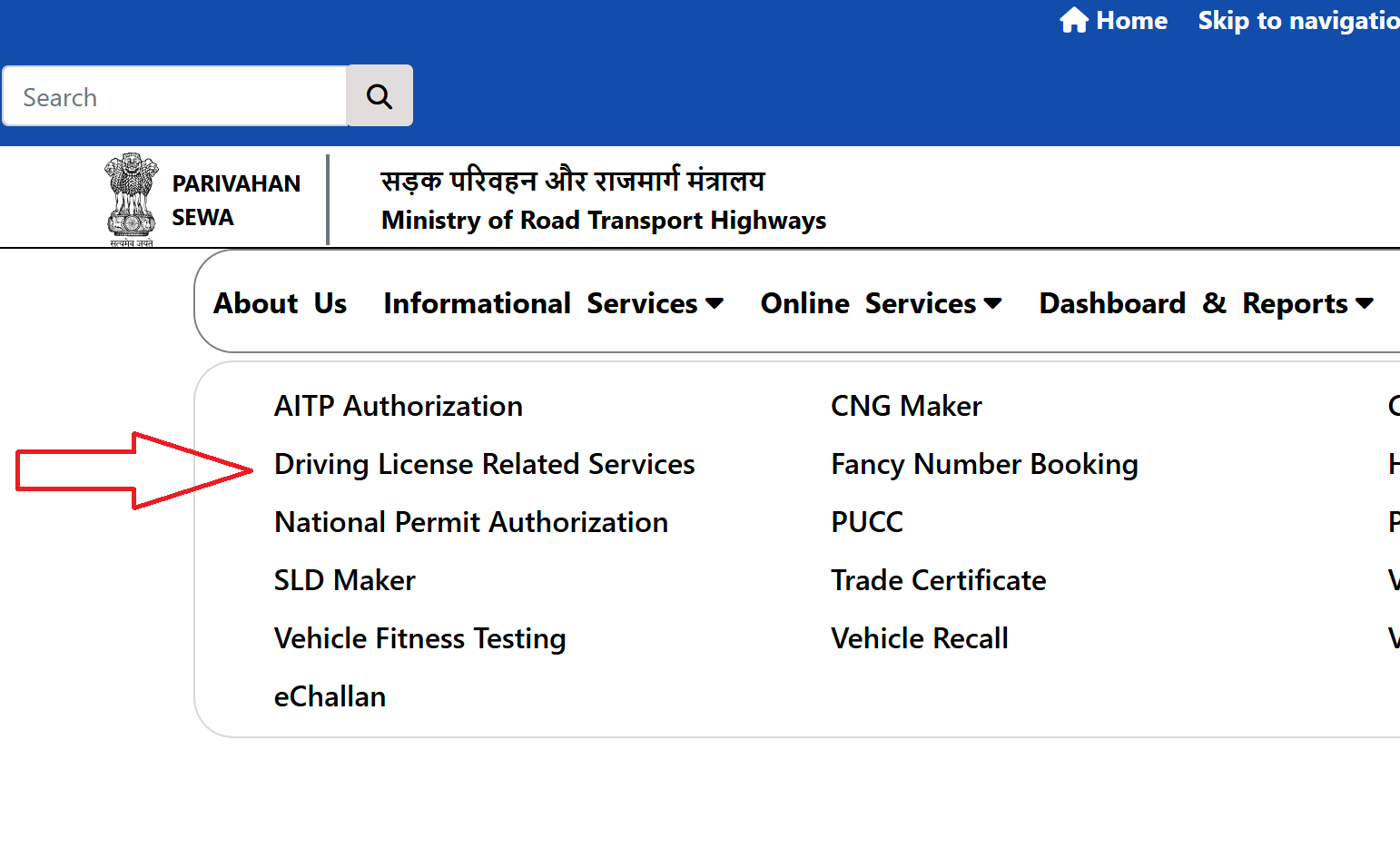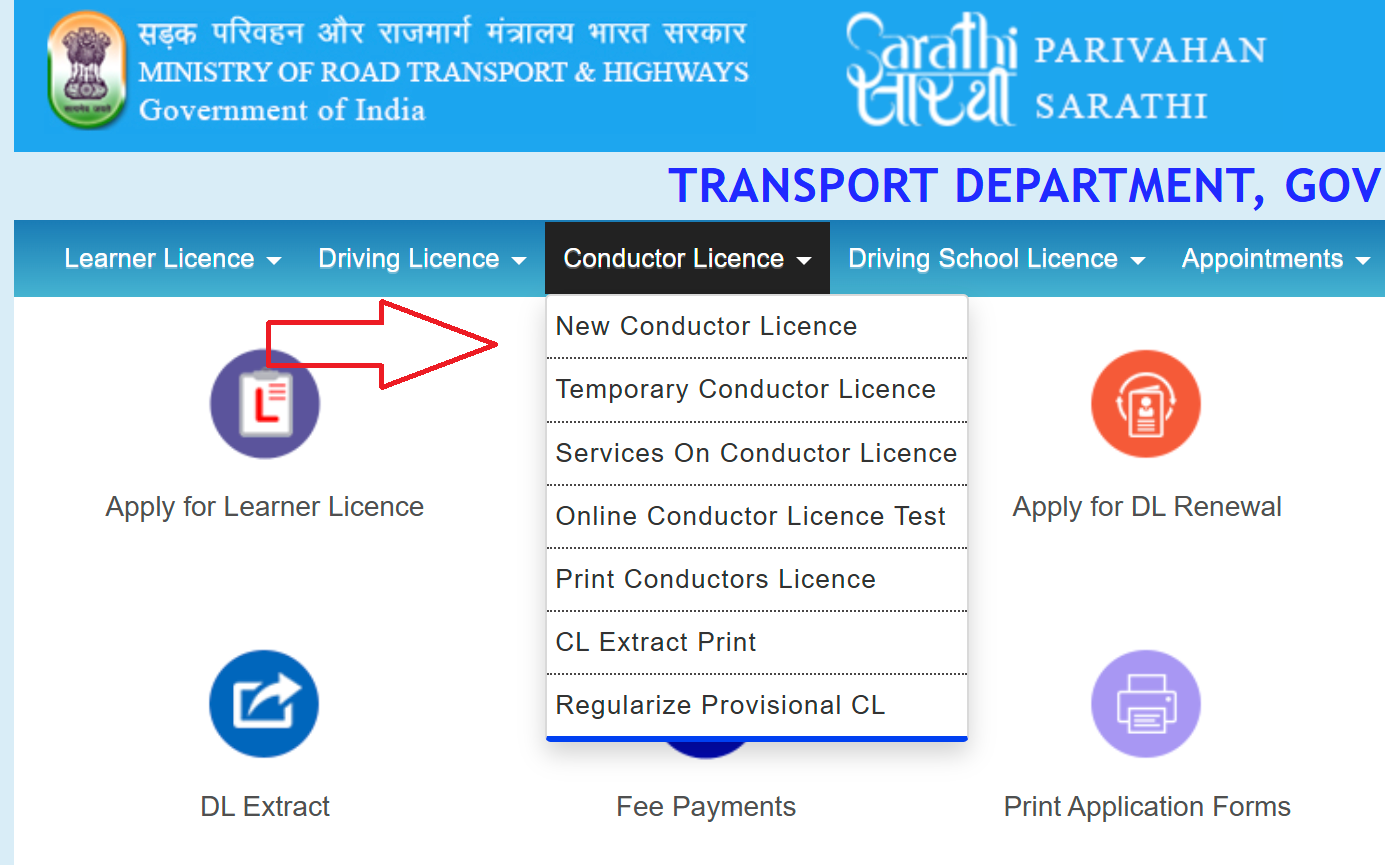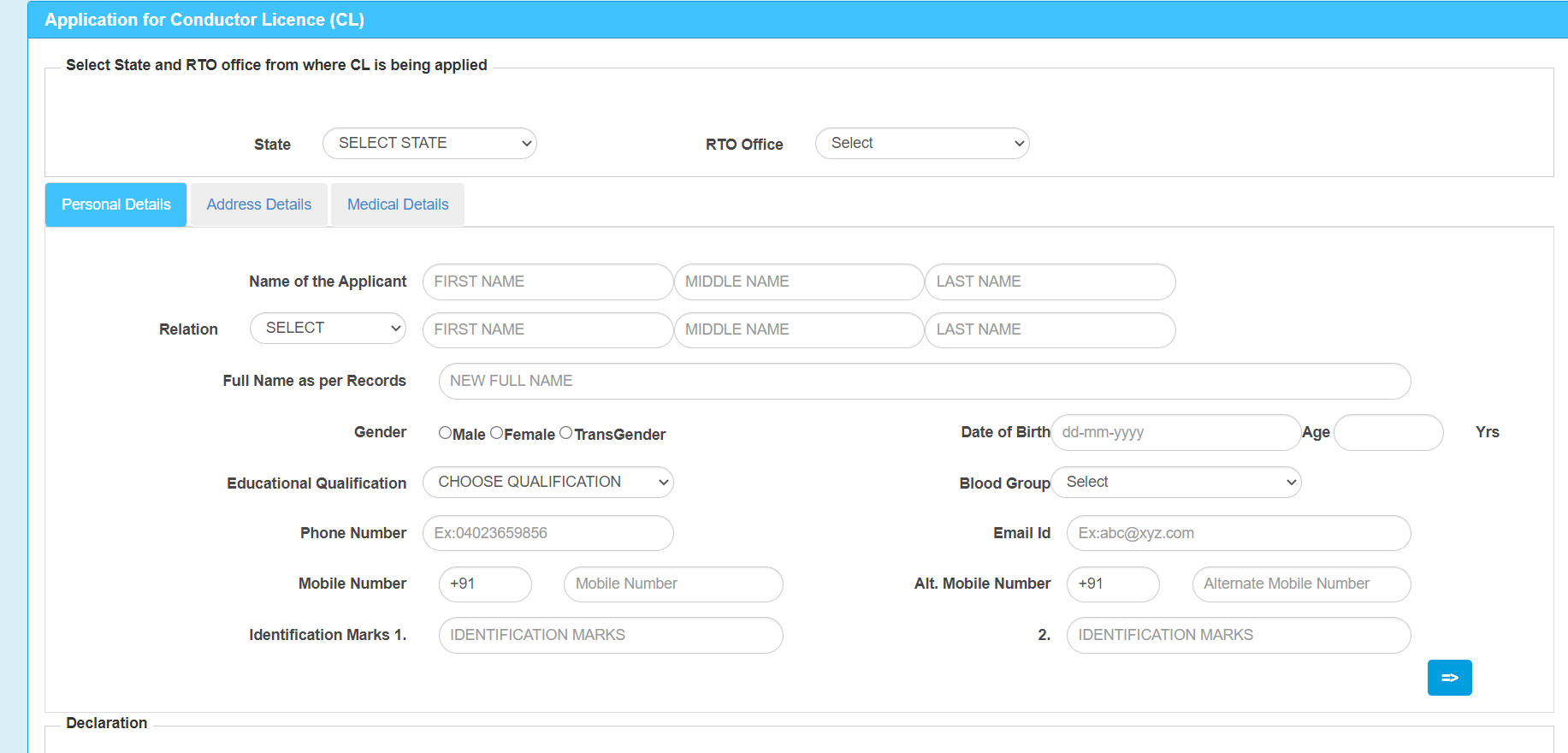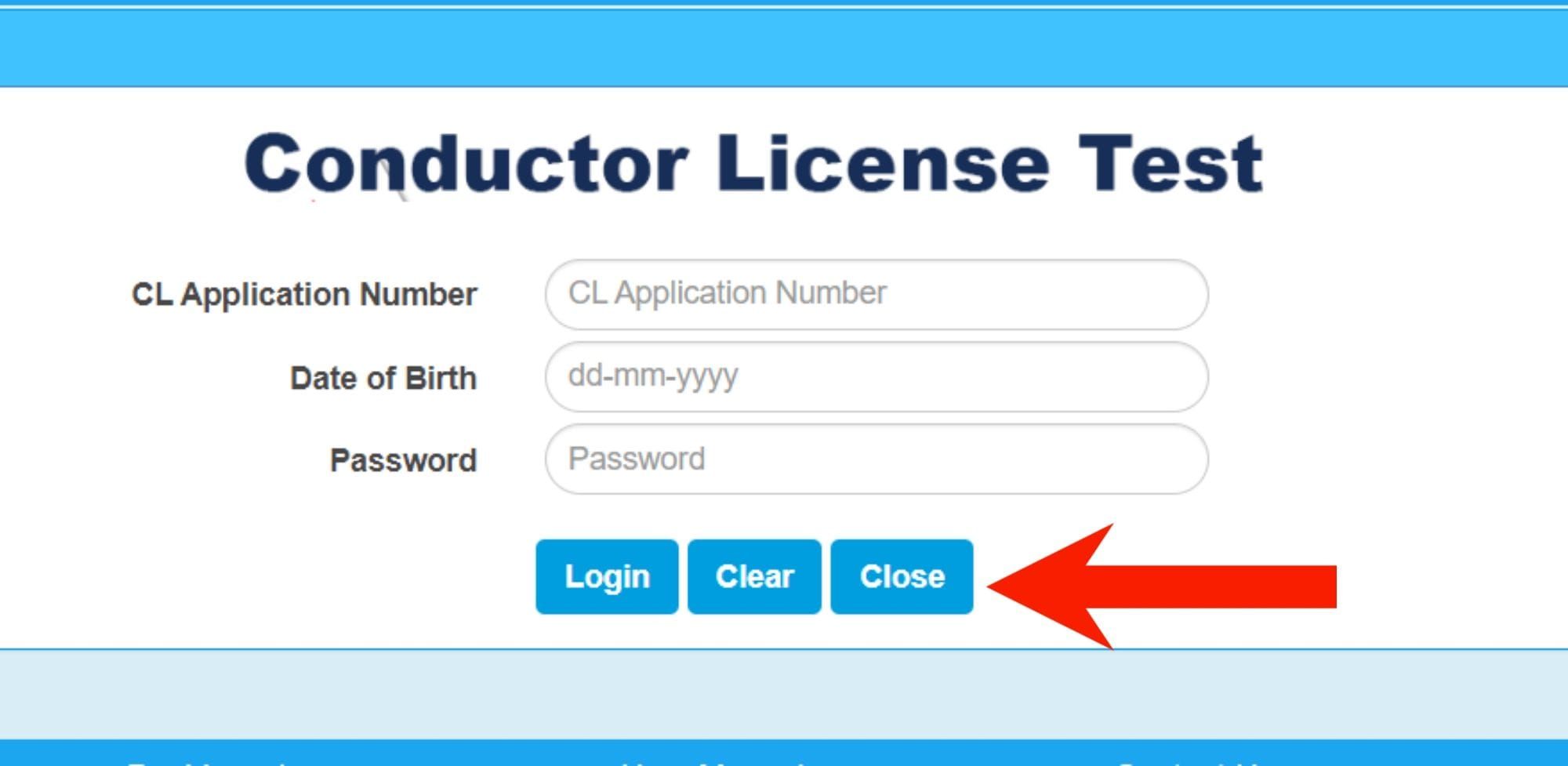A conductor license (CL) is a mandatory permit for individuals working as conductors on public or private transport vehicles, such as buses, in India.
Issued by Regional Transport Offices (RTOs) or District Transport Offices (DTOs) under the Motor Vehicles Act, 1988, it ensures conductors are qualified to manage passengers, collect fares, and maintain safety and order.
This article provides a detailed, step-by-step guide to obtaining a conductor license, including eligibility criteria, required documents, application procedures, and testing requirements.
Eligibility Criteria
To apply for a conductor license, applicants must meet the following requirements, as outlined in the Motor Vehicles Act and state-specific regulations:
- Age: Minimum 18 years; maximum age varies by state (typically 50–60 years, e.g., 50 in Haryana, 60 in Tamil Nadu).
- Educational Qualification: Must have passed at least Class 10 (SSLC or equivalent). Some states, like Haryana, require proficiency in Hindi or the regional language.
- Physical Fitness: Applicants must be physically fit to perform conductor duties, certified by a registered medical practitioner.
- First Aid Knowledge: A valid First Aid Certificate from an authorized organization, such as St. John Ambulance Association (India), is mandatory.
- Good Moral Character: Some states require a certificate of good moral character, issued by a civil surgeon, assistant civil surgeon, or another authorized person.
- Training (if applicable): Certain states mandate a conductor training certificate from an authorized institution recognized by the state transport department.
Required Documents
The following documents are generally required, though specific requirements may vary slightly by state:
- Application Form: Form L.Con.A (for conductor license application) or Form C.L.A (in states like Tamil Nadu).
- Medical Certificate:
- First Aid Certificate: Issued by St. John Ambulance Association or an authorized medical officer (e.g., Civil Surgeon).
- Educational Qualification Proof: SSLC certificate or equivalent to verify Class 10 completion.
- Proof of Identity: Aadhaar card, voter ID, passport, or PAN card.
- Proof of Address: Aadhaar card, ration card, utility bill (electricity/water), or rental agreement.
- Proof of Age: Birth certificate, SSLC certificate, Aadhaar card, or passport.
- Photographs: 2–3 recent passport-sized photographs.
- Certificate of Good Moral Character: Required in some states, issued by an authorized person.
- Conductor Training Certificate: If mandated by the state transport department.
- Fee Payment Receipt: For application and test fees, typically ranging from ₹100 to ₹500, depending on the state.
Application Process
The conductor license application can be submitted online through the Parivahan Sewa portal or offline at the nearest RTO.
The online process is widely adopted for convenience, but offline submission is available for those without internet access. Below are the detailed steps for both methods.
Online Application via Parivahan Sewa
- Access the Portal: Visit https://parivahan.gov.in/.
- Under “Online Services,” click “Driving License Related Service”.

- Choose State: Select your state from the dropdown menu.
- Navigate to Conductor License: Click “New Conductor License”.

- Fill Application Form: Enter personal details, including name, date of birth, address, educational qualifications, and blood group.

- Upload Documents: Upload scanned copies of:
- Proof of identity.
- Proof of address.
- Proof of age.
- Medical certificate (Form 1 or 1A).
- First Aid Certificate.
- SSLC certificate.
- Good moral character certificate (if required).
- Training certificate (if applicable). Ensure files meet size/format requirements (e.g., JPEG/PDF, typically under 1 MB).
- Upload Photo and Signature: Upload a recent passport-sized photograph and digital signature, adhering to specified dimensions and formats.
- Pay Fees: Pay the application and test fees online via net banking, UPI, debit/credit card, or other available methods. Fees vary by state (e.g., ₹200 in Karnataka, ₹500 in Maharashtra).
- Book Test Slot: Schedule an appointment for the conductor license test (if required) using the application number generated.
- Submit Application: Review all details, confirm, and submit. Note the application number for tracking and future reference.
- Track Application: Use the application number to check the status on the Parivahan portal under “Application Status.”
Offline Application
- Obtain Forms: Collect Form L.Con.A, Form 1/1A, and other required forms from the nearest RTO or download them from the state transport department’s website.
- Complete Forms: Fill out the forms accurately, attaching self-attested copies of all required documents.
- Submit at RTO: Visit the RTO, submit the forms, documents, and fees (in cash or demand draft), and obtain a receipt.
- Schedule Test: Book a slot for the conductor license test, if applicable, or await further instructions from the RTO.
- Verification: The RTO verifies documents and may call for an in-person interview or test.
Conductor Licence Test
Some states require applicants to pass a test to demonstrate their suitability for conductor duties. The test typically assesses:
- Knowledge of Traffic Rules: Understanding road safety, passenger management, and Motor Vehicles Act provisions.
- First Aid Skills: Ability to respond to basic medical emergencies.
- Conductor Responsibilities: Proficiency in fare collection, passenger assistance, issuing tickets, and ensuring vehicle safety.
The test may be:
- Online: Conducted via the Parivahan portal, with multiple-choice questions on traffic rules and conductor duties.
- In-Person: Held at the RTO, involving written, oral, or practical components.
Online Test
- Go to the Conductor Licence Menu.
- Click "Online Conductor Licence Test."
- Enter CL Number, date of birth, captcha code.

- Log in and take the test.
- Click "Print Conductor Licence Test" to print licence.
Issuance of Conductor License
Upon successful document verification and test completion (if applicable):
- The RTO issues the conductor license, typically within 7–30 days, depending on the state.
- The license is valid for 3 years and must be renewed before expiry.
- Applicants receive a physical license card or a digital version downloadable via the Parivahan portal or DigiLocker.
Renewal Process
To renew a conductor license:
- Apply within 30 days before or after the expiry date via the Parivahan portal or RTO.
- Submit:
- Form L.Con.A.
- Medical certificate (Form 1 or 1A).
- First Aid Certificate (if expired).
- Proof of identity and address.
- Current license copy.
- Passport-sized photographs.
- Renewal fee (₹100–₹300, varies by state).
Conductor Licence Renewal Process
- Visit the Conductor Licence Menu, select "Services On Conductor Licence."
- Enter the Conductor’s Licence Number and date of birth on the new page.
- Click "Proceed."

- Fill out the renewal application form.
- Upload required documents and obtain a receipt.
- Submit application and documents to Regional Transport Office (RTO).